Calibration of Displacer Level Transmitter
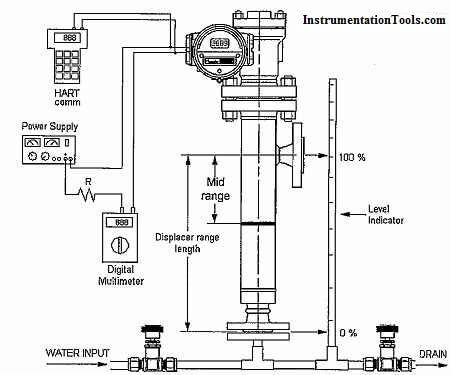
Calibration Procedure:
*Ask panel man to put the controller in manual mode for control loop and to put it on MOS for ESD loop.
*Hook up HART Communicator and verify some parameters by refer to data sheet. Typical parameters are, tag number, PV, LRV and URV.
*Isolate the instrument from the process.
WARNING – If the process is hazardous, please ensure proper flushing is done to remove the entire hazard.
Remove isolation drain valve and open the vent flange
*Connect water pump to drain line and line up the reference tube
*Calculate the new measurement to get equivalent up trust force with S.G and length
*Mark on the chamber for reference calibration
*Hook up a multimeter in series with the signal to the DCS to measure current signal.
*Apply water level until 0% marking on chamber
*Multimeter should show 4mA
If not, do zero adjustment at transmitter using HART Communicator
Apply water level until 100% marking on chamber
*Multimeter should show 20mA
*If not, do span adjustment at transmitter using HART Communicator
*Verify the linearity by increasing and decreasing the pressure (0%,25%,50%,75%,100%,75%,50%,25% and 0%of range)
*After completion of the job ask panel operator to put loops back in normal mode or normalize the MOS
Example Calculation:
Low S.G=0.802
High S.G= 0.992
A= 810mm (measurement length)
At 0% Level = (A x Low S.G)
= (810 x 0.802)
= 649.42 mm
At 100% Level = (A x High S.G)
= (810 x 0.992)
= 803.52 mm
Also Read: Displacer Level Transmitter Working Principle
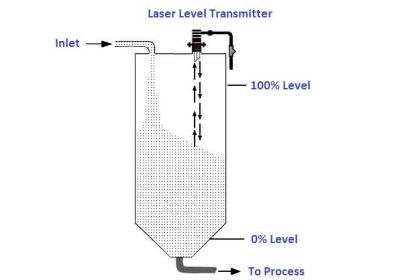
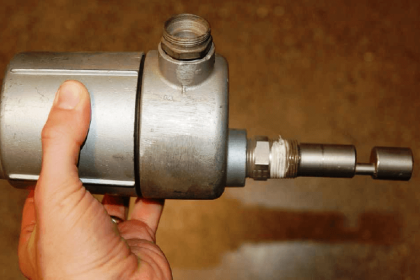
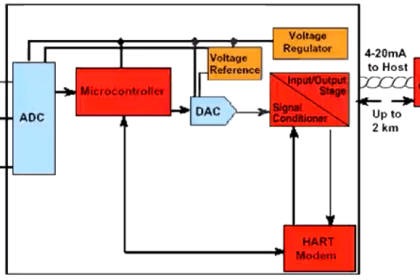
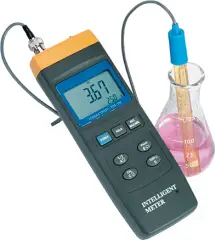
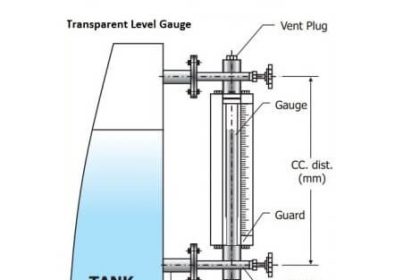
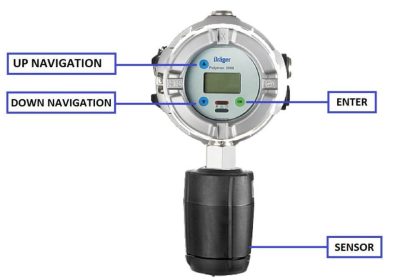
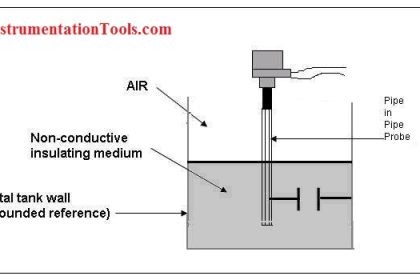
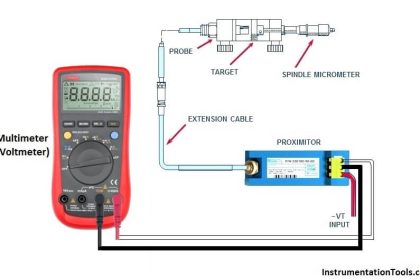
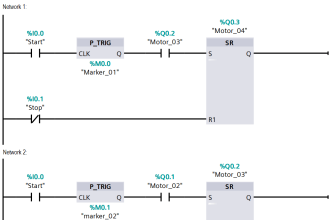
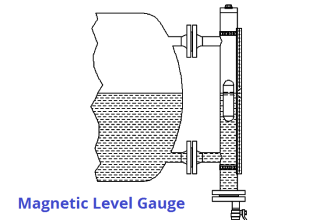
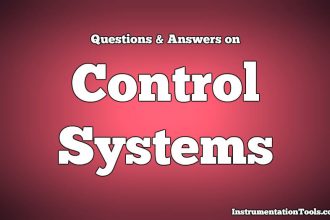
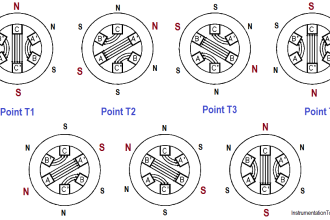
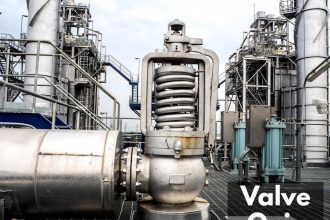
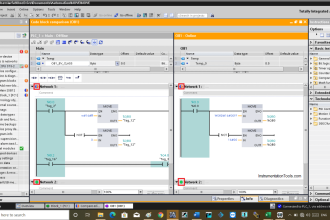
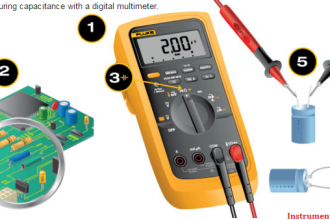

Excellent article
I would suggest that the following line can be added in the beginning.
Obtain suitable permit to work (PTW)from operation group
I have doubts about What does MOS mean?
What is SG?
MOS : maintenance override system
SG: specific gravity
is SG variable and how to calculate it ? thanks
Sg is specific gravity. Every liquid have a specific Sg value. you can check their datasheets or properties. If you don’t have those values then ask process engineers, they will give the readings. No need to calculate the Sg.
What is low s.g and high s.g please clear?
Hi,
if there is two fluids in the vessel then the high SG will be of the fluid at the bottom and the low SG will be of the fluid above it, an example is water and oil, water will be at the bottom because it is heavier (SG = 1) and the oil will be at the top because it is lighter (SG around 0.8)
Regards.
Specific is the density w.r.t to water, Higher the s.g the more the mass or the pressure that is exerted downward will be more…P=(s.g) .g.H
hi! i have encountered issue with interface level. we check dry calibration using correct mass 5 point che no issue found.
However when we connect to the vessel it will show not correct level. The problem of transmitter is lower reading compare to sight glass.
For example tx 33% but level magnetic sight glass shown 55%.
I tried also wet calibration as u mention above using ur formula transmitter reading is correct.
do you have any suggestion how to solve this problem ?
It’s very important website for Supplemental information to
making a complete image about this science field .
This is the reason interface levels and displacers in general are mis calibrated. Your dwg repesents a zero on the sight glass the displacer cant even measure as it it shown. Anyone thats done a few of these knows the displacer/float tube cant go beyond the bottom of the cage…..
Horrible example!!!!
And thus why levels are almost always the most incorrectly calibrated devices in the field due to bad information being passed to tech’s!
i have one question
we have here interface level transmitter displacer type , in service there is two liquid crude oil and water.
how we will calibrate this level transmitter with water only.
could you please send me the calculation
could any one can explain the calibration of interface level transmitter with water only,
service is crude oil and water and we have to calibrate by water only
please share with me calculation.
Therefore we, have to perform single point verification of all level indicators including sight glass, nucleonic, radar an displacer as per sketch dwg at their 50% indication or reading.